Do you have a question about the Toyota 2000 Tundra and is the answer not in the manual?
Explains CAUTION and NOTICE warnings used in the manual to avoid injury or damage.
Describes the meaning of the circle with a slash symbol, indicating prohibitions.
Details the components of the instrument cluster when equipped with a tachometer.
Details the components of the instrument cluster when not equipped with a tachometer.
Emphasizes proper seating posture and seat belt use for occupant safety.
Provides precautions for adjusting driver's seat to ensure safety and proper fit.
Emphasizes the importance of seat belts and provides general precautions for their use.
Explains how to adjust and fasten front and rear outside seat belts.
Details how to adjust the shoulder anchor position for optimal seat belt fit.
Explains the function of front seat belt pretensioners and their activation in frontal impacts.
Explains the function of SRS airbags and how they work with seat belts.
Details how to operate the passenger airbag manual on-off switch and its indicator light.
Provides essential precautions for using child restraint systems safely.
Details the proper use of child restraint systems based on child's age and size.
Classifies child restraint systems into three types based on child's age and size.
Describes how to install a convertible seat for forward or rear-facing positions.
Covers operation of headlights, turn signals, and emergency flashers.
Describes operation of wipers and washer for intermittent and mist types.
Explains how the fuel gauge works and when to refuel.
Indicates engine coolant temperature and actions to take if overheating occurs.
Lists service reminder indicators and warning buzzers and their corresponding actions.
Details the operation of the automatic transmission, including gear selection and overdrive switch.
Provides instructions for operating a manual transmission, including shifting and recommended speeds.
Explains the operation of the four-wheel drive system and its various modes.
Explains how to use the cruise control system, including setting, canceling, and resuming speed.
Provides precautions for driving the vehicle off-road, especially four-wheel drive models.
Specifies fuel type, octane rating, and discusses gasoline additives and quality.
Explains the tandem master cylinder brake system and its dual-circuit design.
Provides instructions on how to start the engine for manual and automatic transmissions.
Provides precautions for driving the vehicle off-road, especially for four-wheel drive models.
Provides comprehensive guidance on trailer towing, including weight limits and safety.
Provides simple checks and troubleshooting steps if the vehicle fails to start.
Offers guidance on what to do if the engine stalls while driving.
Explains what to do if the engine overheats, including safety precautions.
Provides instructions and safety precautions for changing a flat tire.
Provides instructions and methods for towing the vehicle, including various truck types.
Outlines the importance of performing regular maintenance for vehicle longevity and safety.
Lists common clues that indicate the vehicle may require repair or adjustment.
Shows fuse layouts for engine compartment and instrument panel, listing fuse functions.
Explains CAUTION and NOTICE warnings used in the manual to avoid injury or damage.
Describes the meaning of the circle with a slash symbol, indicating prohibitions.
Details the components of the instrument cluster when equipped with a tachometer.
Details the components of the instrument cluster when not equipped with a tachometer.
Emphasizes proper seating posture and seat belt use for occupant safety.
Provides precautions for adjusting driver's seat to ensure safety and proper fit.
Emphasizes the importance of seat belts and provides general precautions for their use.
Explains how to adjust and fasten front and rear outside seat belts.
Details how to adjust the shoulder anchor position for optimal seat belt fit.
Explains the function of front seat belt pretensioners and their activation in frontal impacts.
Explains the function of SRS airbags and how they work with seat belts.
Details how to operate the passenger airbag manual on-off switch and its indicator light.
Provides essential precautions for using child restraint systems safely.
Details the proper use of child restraint systems based on child's age and size.
Classifies child restraint systems into three types based on child's age and size.
Describes how to install a convertible seat for forward or rear-facing positions.
Covers operation of headlights, turn signals, and emergency flashers.
Describes operation of wipers and washer for intermittent and mist types.
Explains how the fuel gauge works and when to refuel.
Indicates engine coolant temperature and actions to take if overheating occurs.
Lists service reminder indicators and warning buzzers and their corresponding actions.
Details the operation of the automatic transmission, including gear selection and overdrive switch.
Provides instructions for operating a manual transmission, including shifting and recommended speeds.
Explains the operation of the four-wheel drive system and its various modes.
Explains how to use the cruise control system, including setting, canceling, and resuming speed.
Provides precautions for driving the vehicle off-road, especially four-wheel drive models.
Specifies fuel type, octane rating, and discusses gasoline additives and quality.
Explains the tandem master cylinder brake system and its dual-circuit design.
Provides instructions on how to start the engine for manual and automatic transmissions.
Provides precautions for driving the vehicle off-road, especially for four-wheel drive models.
Provides comprehensive guidance on trailer towing, including weight limits and safety.
Provides simple checks and troubleshooting steps if the vehicle fails to start.
Offers guidance on what to do if the engine stalls while driving.
Explains what to do if the engine overheats, including safety precautions.
Provides instructions and safety precautions for changing a flat tire.
Provides instructions and methods for towing the vehicle, including various truck types.
Outlines the importance of performing regular maintenance for vehicle longevity and safety.
Lists common clues that indicate the vehicle may require repair or adjustment.
Shows fuse layouts for engine compartment and instrument panel, listing fuse functions.
| Brand | Toyota |
|---|---|
| Model | 2000 Tundra |
| Category | Automobile |
| Language | English |
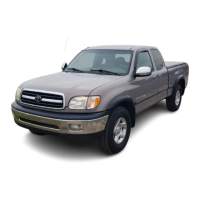

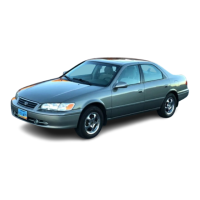
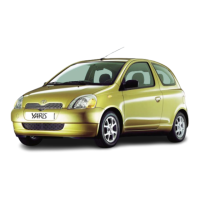
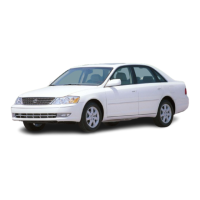
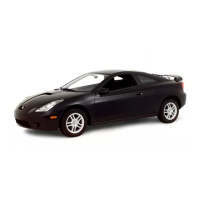


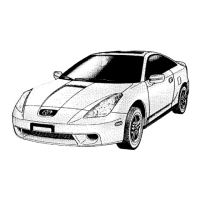

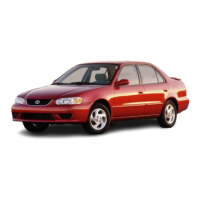

